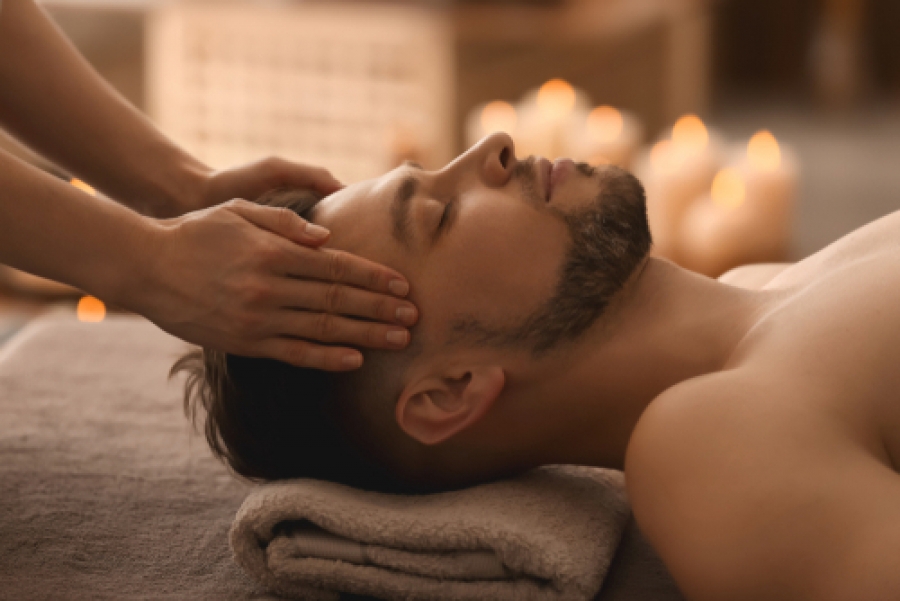
n the world of natural medicine and holistic healing, reflexology attracts attention as a remarkable and increasingly prominent practice. This ancient healing method, based upon the concept that certain points on the ears, hands, and feet correspond to different body components and body organs, has been captivating both practitioners and people alike for centuries.
Introducing the Essence of Reflexology Reflexology is much more than just a foot massage therapy; it’s an organized technique that applies stress to certain indicate advertise recovery and balance throughout the body. The underlying concept recommends that these pressure points are linked to various body organs and body systems via power networks. By promoting these points, reflexologists aim to clear clogs, enhance flow, and recover the body’s all-natural balance.
” The human foot is a masterpiece of design and an artwork.” – Leonardo da Vinci The Historical Tapestry of Reflexology While the modern-day practice of reflexology was established in the 20th century, its roots can be traced back to old people. Proof suggests that comparable techniques were made use of in old Egypt, as portrayed in burial place paintings dating back to 2330 BC. Traditional Chinese medicine has actually long identified the interconnectedness of body components, affecting the development of reflexology as we understand it today.
In the early 1900s, Dr. William Fitzgerald introduced the concept of “area therapy” to the Western globe, which later on progressed right into contemporary reflexology via the work of Eunice Ingham in the 1930s. Ingham, often referred to as the “mother of reflexology,” mapped the entire body onto the feet, creating the foundation for contemporary reflexology practices.
The Science Behind the Practice While skeptics may examine the scientific basis of reflexology, proponents suggest that its advantages are rooted in the body’s neurological and power systems. The application of pressure is believed to boost the nerves, promoting relaxation and reducing stress. Some scientists recommend that reflexology may activate the launch of endorphins, the body’s natural pain-relieving and mood-enhancing chemicals.
錦糸町 and Applications Advocates of reflexology claim a vast array of advantages, including:
Anxiety reduction and relaxation Improved flow Pain monitoring, especially for migraines and neck and back pain Enhanced sleep quality Boosted immune system feature Alleviation of digestion concerns Support for hormone equilibrium While clinical research study on reflexology is recurring, lots of individuals report significant improvements in their overall well-being after receiving therapies. It’s essential to note that reflexology is normally considered a corresponding therapy and needs to not change traditional medical care.
The Reflexology Experience A typical reflexology session lasts between 30 to 60 mins. Utilizing their hands, thumbs, and fingers, the reflexologist applies varying degrees of stress to certain points on the feet, hands, or ears.
Many individuals explain the experience as deeply kicking back, commonly reporting a sense of warmth or prickling feelings throughout their body during the session. Some may even drop off to sleep, awakening feeling refreshed and rejuvenated.
Integrating Reflexology into Modern Wellness As the world significantly welcomes alternative methods to health and wellness and wellness, reflexology has found its location in medical spas, health facilities, and even some medical facilities. It’s typically utilized together with other treatments such as massage therapy, aromatherapy, and acupuncture to develop extensive health experiences.
For those interested in exploring reflexology in your home, there are various self-help strategies and tools readily available. From basic foot rollers to thorough reflexology charts, individuals can learn to use basic principles of reflexology to improve their day-to-day wellness routines.
The Future of Reflexology As research in the area of corresponding and alternate medicine continues to progress, reflexology may get further recognition in the clinical area. Recurring studies are discovering its possible applications in different health and wellness problems, from anxiety and anxiety to cancer cells treatment support.
“The feet are the mirror of the body.” – Eunice Ingham Whether deemed a clinical strategy to healing or an all natural art form, reflexology provides a distinct viewpoint on the body’s interconnectedness. As more people look for non-invasive and all-natural ways to support their wellness, this ancient technique continues to find relevance in our modern-day world, welcoming us to explore the healing potential that exists at our fingertips– or instead, at our feet.
Revealing the Essence of Reflexology Reflexology is extra than just a foot massage therapy; it’s a methodical technique that uses stress to specific points to advertise healing and equilibrium throughout the body. – Leonardo da Vinci The Historical Tapestry of Reflexology While the contemporary technique of reflexology was created in the 20th century, its roots can be traced back to ancient people. The Science Behind the Practice While doubters may examine the clinical basis of reflexology, proponents suggest that its benefits are rooted in the body’s neurological and power systems. The Reflexology Experience A common reflexology session lasts between 30 to 60 minutes. – Eunice Ingham Whether checked out as a clinical technique to healing or an all natural art kind, reflexology uses an unique point of view on the body’s interconnectedness.